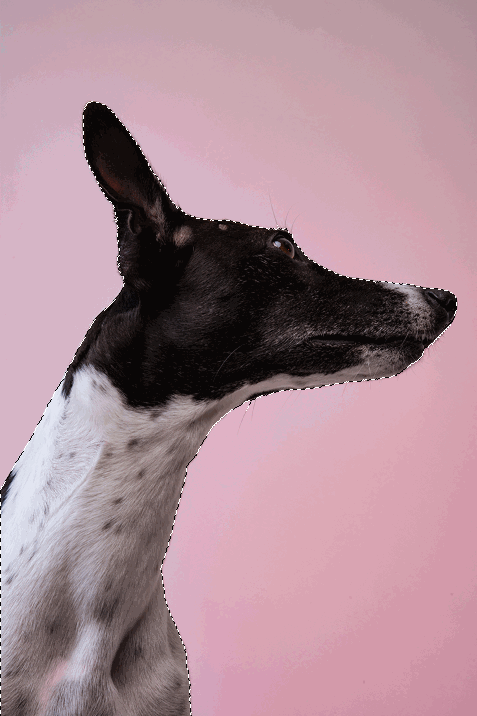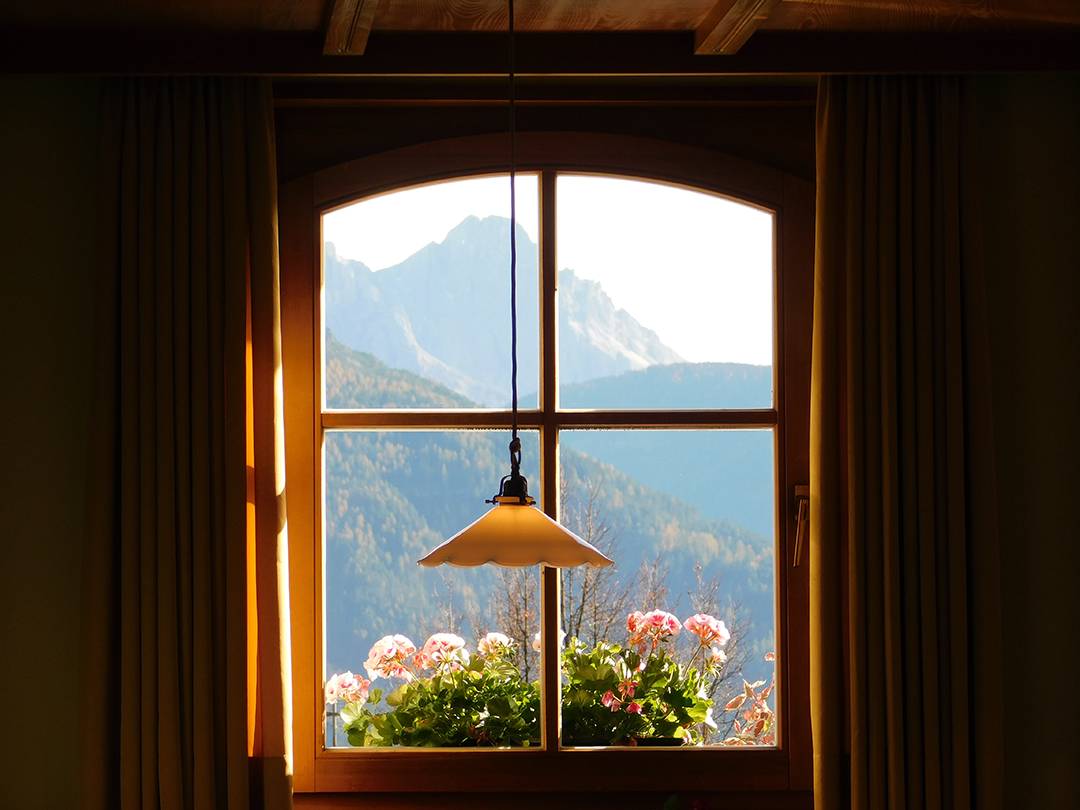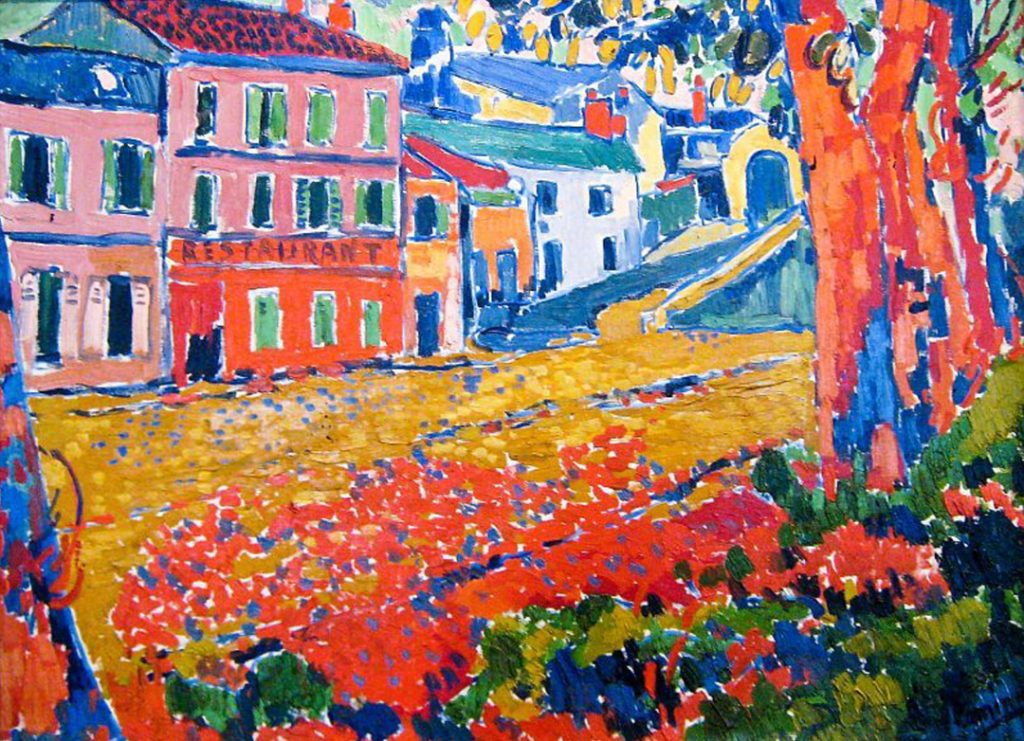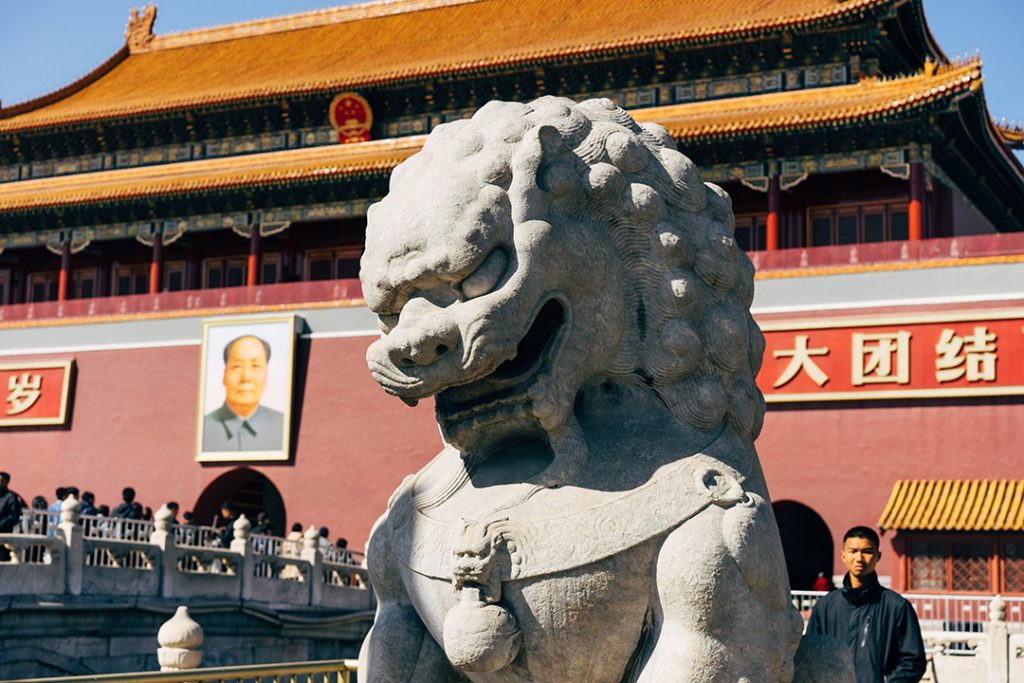Selections & Masking
Critical to working in Photoshop in a professional setting:
DON’T DESTROY YOUR MEDIA!
Important Terms to Know
- Pixel: smallest sample point of a raster image (source)
- Layer: “Photoshop layers are like sheets of stacked acetate. You can see through transparent areas of a layer to the layers below. You move a layer to position the content on the layer, like sliding a sheet of acetate in a stack. You can also change the opacity of a layer to make content partially transparent.” (source)
- Selection tools: “…are used to select all or any part of a picture to perform cut, copy, edit, or retouching operations.” (source)
- Layer Masks: “A layer mask is linked to a layer and hides part of the layer from the picture. What is painted black on the layer mask will not be visible in the final picture. What is grey will be more or less transparent depending on the shade of grey. As the layer mask can be both edited and moved around independently of both the background layer and the layer it applies to, it gives the user the ability to test a lot of different combinations of overlay. ” (source)
- Keyboard Shortcuts: Keyboard keys to invoke tools or commands
- Modifier Keys: These include any combination of the keys Command (CMD) / Control (CTRL on Windows), Shift, Option
Anatomy
The secret to a great composition is a great mask. The secret to a great mask is a great selection…

What does a mask look like?

Just black and white pixels. Black pixels hide portions of the image (100% transparent). White pixels reveal portions of the image (100% opaque). Any grey values in between will vary opacity (see “Density” slider in Properties panel with the mask selected).
Interface Highlights
Layers Panel

Primary Tools Used Today

Helpful Keyboard Shortcuts
Tip: Explore modifier keys (e.g., Command [Mac] or Control [Win], Shift and Option/Alt) in combination with other commands. Some examples in the table below. More keyboard shortcuts
| Keyboard Shortcuts | Description |
|---|---|
| V | Move tool |
| CMD (CTRL) + T | Transform object (e.g., scale, rotate, skew, etc.) |
| M / Shift + M | Marquee selection tool |
| L / Shift + L | Lasso selection tool |
| CMD (CTRL) + D | Deselect active selections |
| CMD (CTRL) + I | Invert colors (works on mask colors too) |
| CMD + Shift + I | Invert selection |
| B | Brush tool |
| D | Default black and white color swatches |
| X | Switch background/foreground colors |
| Q | Quick Mask Mode |
| [ | Decrease brush size |
| ] | Increase brush size |
| { | Decrease brush edge hardness |
| } | Increase brush edge hardness |
Demo One
Right-click and “copy image”(s) below

With window image copied, create a new document in Photoshop. We’ll use the next two images later in the demo.


Demo Two



High-Quality Free Image Websites
- Unsplash.com
- Flickr Commons
- Flickr Creative Commons (be aware of licensing)
- Morgue File
- Pexels
- See more sites in the Design Resources & Tools page within CI Learn
